Hive Bombs
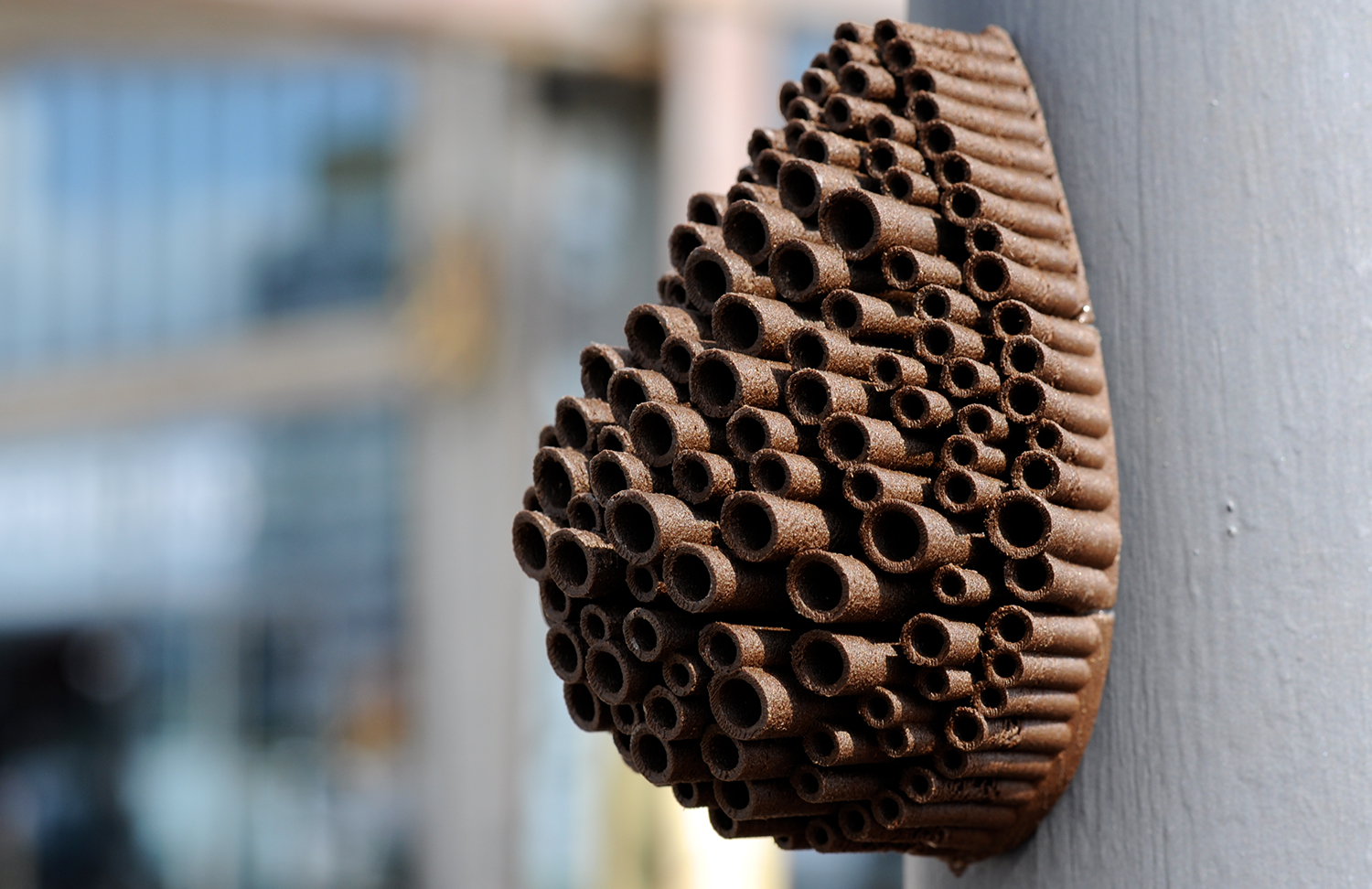
The result of the preceding research is a concept for a set of artifacts, Hive Bombs, that are meant to enable an urban Wild Bee Guerilla. Hive Bombs are urban nesting interventions that try to sensitize people for the issues of wild bees and the separation of nature and the human habitat by aiming at their sense of delight in a non-violent resistance and exploitation of law while helping nature to gain ground in cities. Integrating a part of untamed nature into human environments and thereby pushing on the spreading thereof in urban areas can be a first step towards re-evaluating essential traits of our modern cities, and lead to further concepts of re-integrating nature in our daily life. Inspired by the socalled Guerilla Gardening and Seed Bombs, Hive Bombs can be described as Biophilic Urban Acupuncture that provide a noncompliant opportunity to expedite the spreading of wild bees and bee-friendly plants in cities and other manmade environments, acting as an adapter between nature and the manmade world. Placing Hive Bombs in urban environments creates permanent impulses for passers-by to engage with the topic and related questions, for example how our cities shall evolve in the light of environmental distress.
Like Guerilla Gardening, Wild Bee Guerilla activities are meant to happen in places that the person who deploys a Hive Bomb does not have the legal rights to use [1]. However, according to the law, it is forbidden to remove the nest of a wild bee in Germany [2]. This creates a contradictory situation in which an illegally placed object becomes protected by law as soon as a wild bee selects it as its residence.
JUMP TO: Background & Relevance | Design Process | Hive Bomb Variations | Kit, Website & Flashcards
Background and Relevance
Hive Bombs combine basic strategies of interaction design with the communication of current and serious issues. On the one hand, the objects in the Hive Bomb Kit presented later in this chapter try to motivate the owner to interact simply for the delight in breaking and exploiting the law in a non-violent and meaningful way. The attraction of the forbidden also seems to be what is fueling the closely related Guerilla Gardening, a popular global phenomenon that has led many citizens to break the law by secretly planting plants and dispersing seeds in public spaces [3]. In contrary to Guerilla Gardening however, the Hive Bombs project tries to make use of this attraction of noncompliant behavior not only by breaking, but by exploiting the law, since the placed objects are meant to be found and inhabited by bees, transforming them into a protected nesting site. According to § 44 of the German Federal Act for the Protection of Nature (Bundesnaturschutzgesetz (BNatSchG)), it is prohibited to remove, damage or destroy reproduction sites and resting places of animals belonging to particularly protected species [2], which, according to § 1 of the German Protection of Species Order (Bundesartenschutzverordnung (BArtSchV)), includes all native bee species in Germany [4].
On the other hand, the objects in the kit are artifacts that are supposed act as an adapter between the urban and the wild, between humans and undomesticated animals and between cities today and cities of the future, which will need to address issues like integrating nature and reducing pollution. This adapter function of the artifacts is communicated by their partly biological, partly technological nature: Their use is for nature, their shape is inspired by nature and could inspire associations of organic structures, but their fabrication is technological and their place of use is more or less the exact opposite of a natural site. Altogether, the Hive Bombs project tries to build a bridge between the two opposing sides and start to mend fences for a more integrated, hybrid future.
Design Process
Overall, the Hive Bombs need to both fulfill the required functions as a wild bee nest and be fast and easy to install in an urban environment. To be suitable for cavity-nesting bees, they need to contain horizontal tubes of diameters between 2 and 9 mm and a length of about ten times their diameter, while tubes with diameters of 3 to 6 mm are most important. The material needs to be permeable to air to prevent mold, which is why the previously discussed wood PLA will be used. The dark brown color of this material also makes the usually lighter nest closings wild bees build more visible and thereby helps passers-by to notice an inhabitation more easily. To make the use of space efficient, the aim is to pack each Hive Bomb as densely with tubes as possible with varying tube diameters. If possible, a minimal protection from wind and rain should be included as well. Because most urban areas provide a variety of metallic structures that could be suitable locations for wild bee nests, all Hive Bombs will be equipped with small but strong neodymium magnets.
Three versions of Hive Bombs were developed (see Variations below): two for universal use (one to attach to vertical surfaces via magnets, one to throw) and special Hive Bombs that are custom-built for specific locations in cities, such as metallic posts or traffic signs. The name ‘Hive Bomb’ was inspired by the concept of Seed Bombs, which can be easily dispersed outdoors due to their small and spherical shape. As a tribute to this descent, the basic shapes of the two universal Hive Bomb versions were generated starting with a sphere. This sphere was transformed using the Grasshopper plugin Kangaroo, which allows to deform shapes using forces inspired by real life physics. I decided to let the intended use, to be thrown or attached to vertical metal surfaces, define the deformation of the initial sphere.

Once the basic shape of the Hive Bomb is decided, it can be populated with tubes that fulfill the nesting requirements of cavity-nesting bees. The placement of these tubes should result in an efficient use of the given space, so that as many bees as possible can find a tube of their required dimensions in each Hive Bomb, while the object itself should remain rather small and easy to carry. Thus, an algorithm was created in Grasshopper that mostly makes use of circle packing and distance measuring techniques to acquire a reasonable placement of tubes of different sizes. This algorithm can be used for an unlimited amount of underlying base shapes and use cases with only minor adjustments.

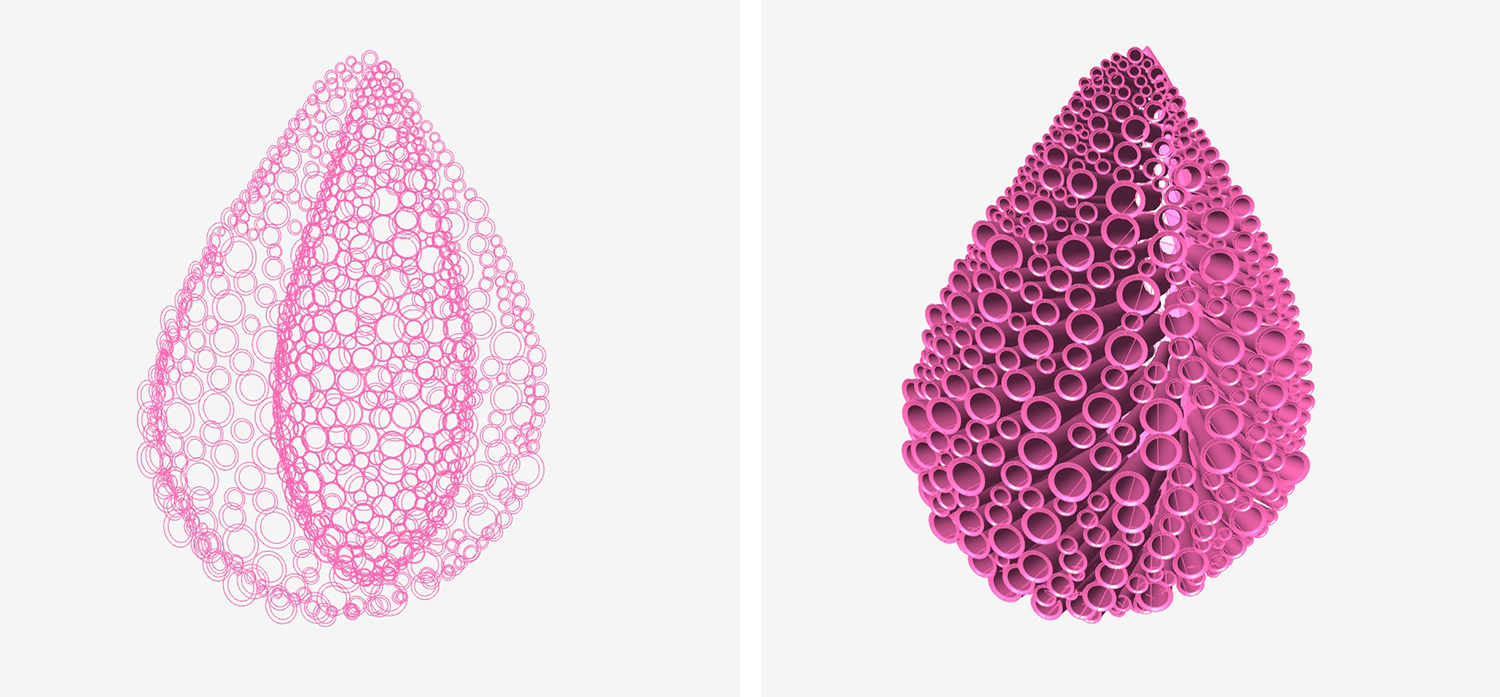
Hive Bomb Variations
The focus of the Hive Bomb project is on the actual Hive Bomb artifacts, small nesting interventions that were generated in Grasshopper and 3D printed using wood PLA. After examining common places and metal structures in urban areas, I decided to develop three main versions of Hive Bombs. The first version is to be attached onto a flat, vertical metallic surface such as metal walls, posts, bars and the like. The back side of this version of Hive Bomb is flattened and equipped with two strong magnets on the top half of the Hive Bomb so that it can be attached to a variety of common structures in town.
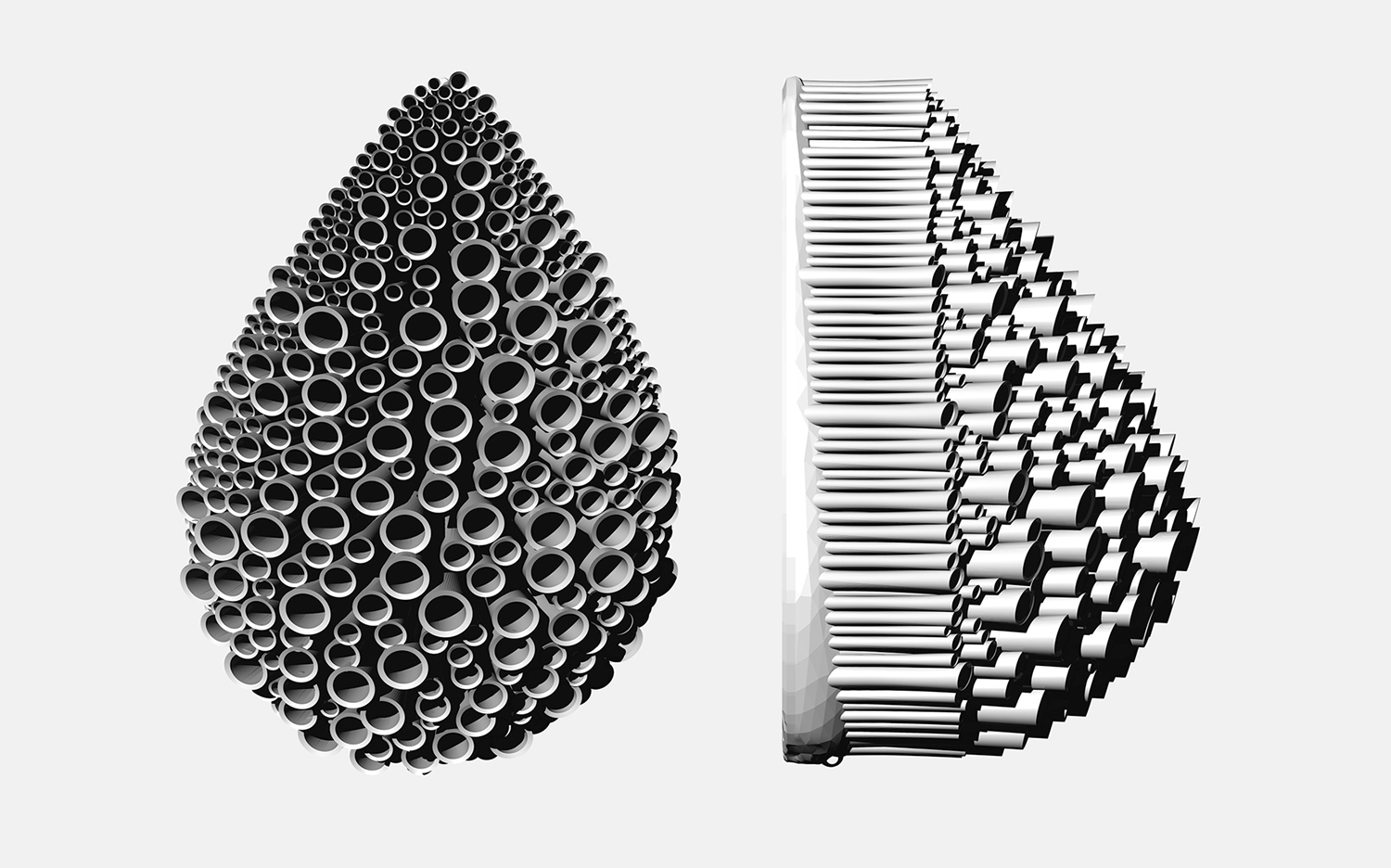
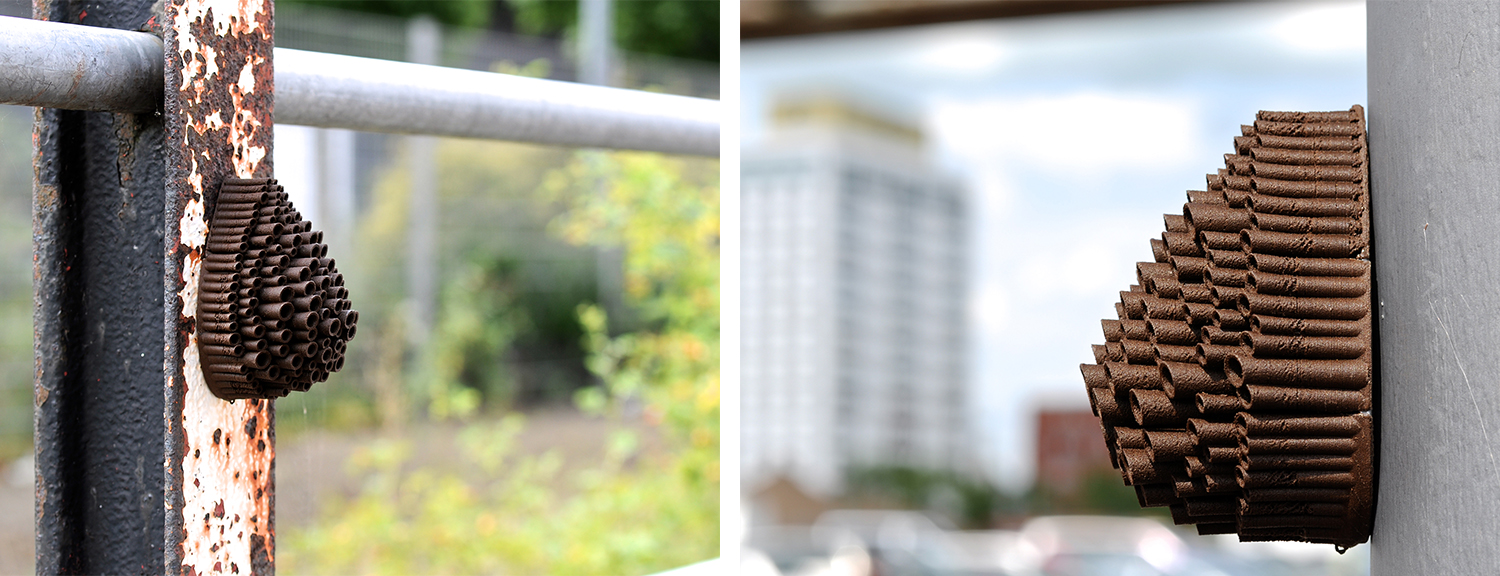
The second version is meant to be thrown onto an open space, such as meadows and waste land, future building zones, flat rooftops, planters, and so on. Since one cannot sufficiently predict the way it is turned when landing on the ground, this Hive Bomb needs to not only have horizontal tubes, but tubes to all directions. This Hive Bomb version does not necessarily need magnets, but it will be equipped with one at the bottom to help it hold onto metallic grounds or even hang upside-down from a metallic surface.
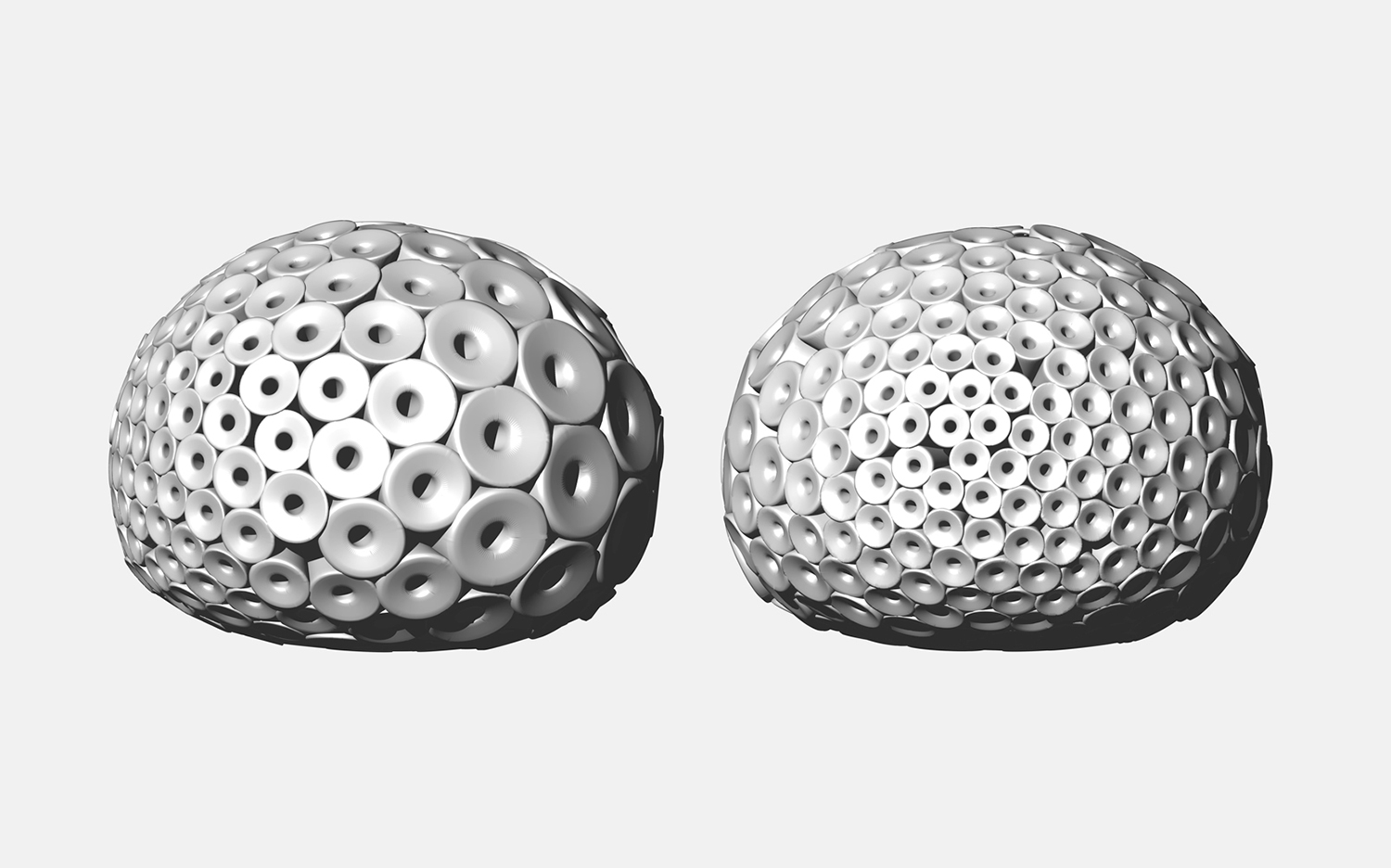
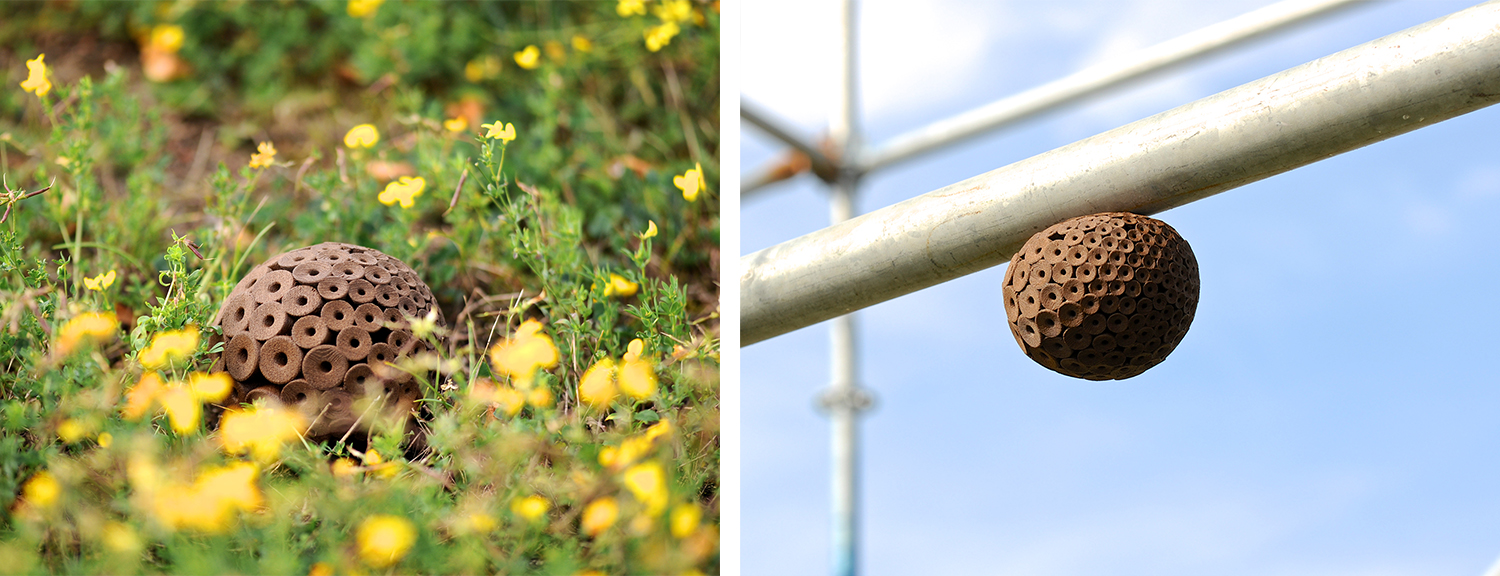
The third version of Hive Bombs will be custom-built for particular locations, any suitable metallic structures like rain gutters, scaffoldings, signs or traffic lights. Other than the previous universal versions, this group of Hive Bombs will not be deployable in different ways, but be restricted to the target it was designed for. This way, the Hive Bomb can be designed to integrate in its environment and to motivate the population of certain spaces and thereby directly provoke encounters and discussions. A Hive Bomb of this kind can be generated for almost any use – there is no limit to possible locations and even creatures to inhabit the nest, since the nesting elements of the Hive Bomb could be adjusted for different needs as well.
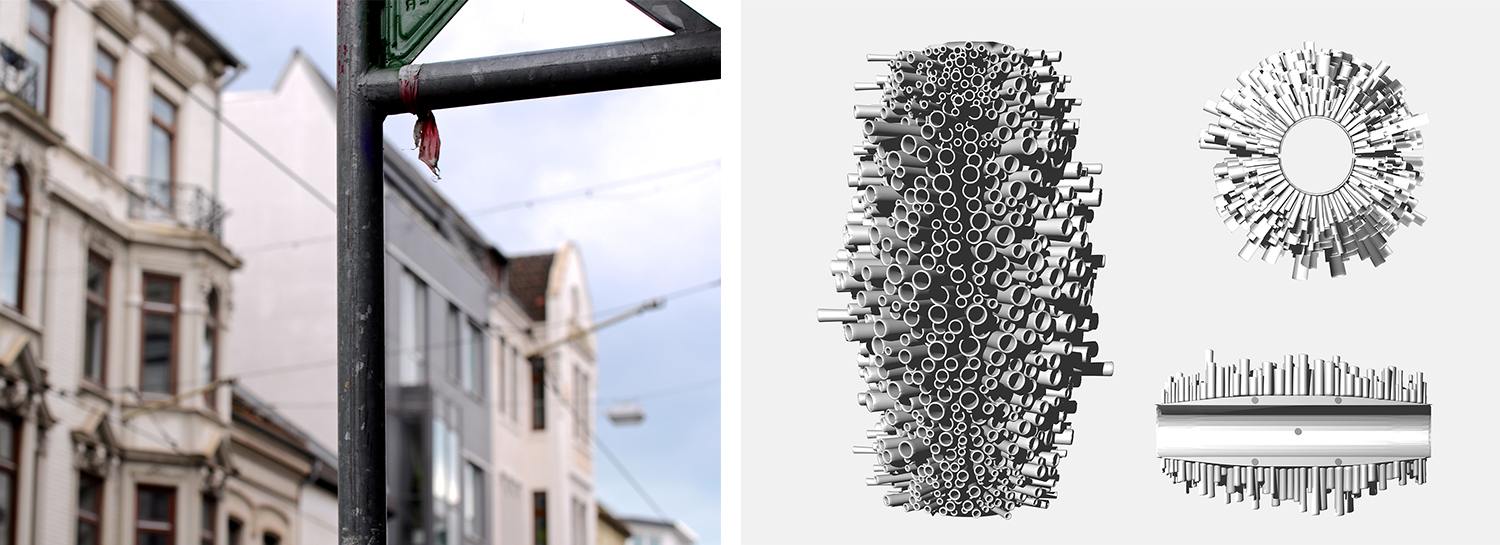
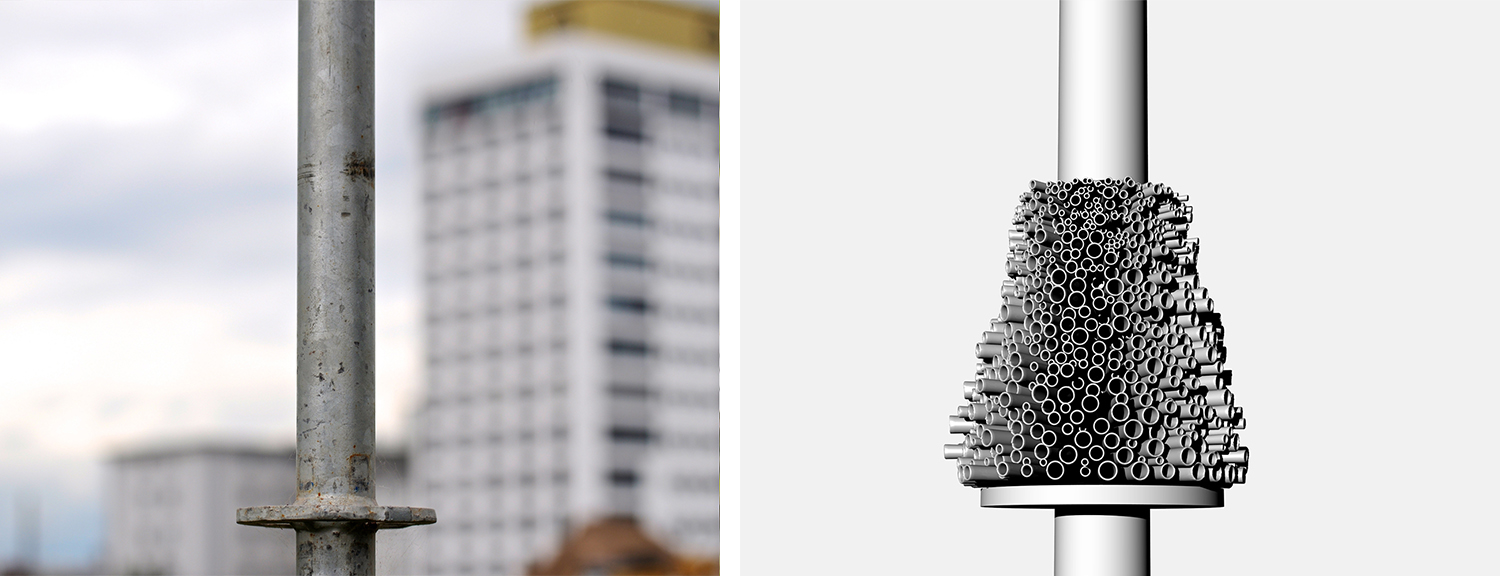
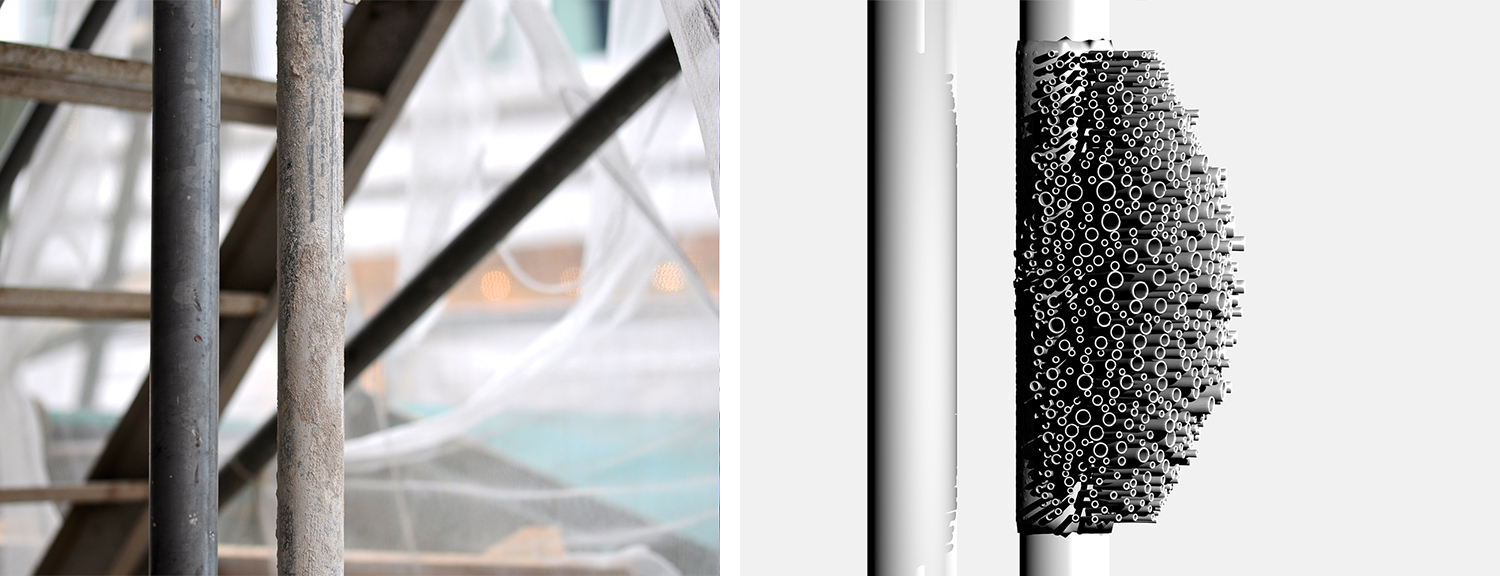
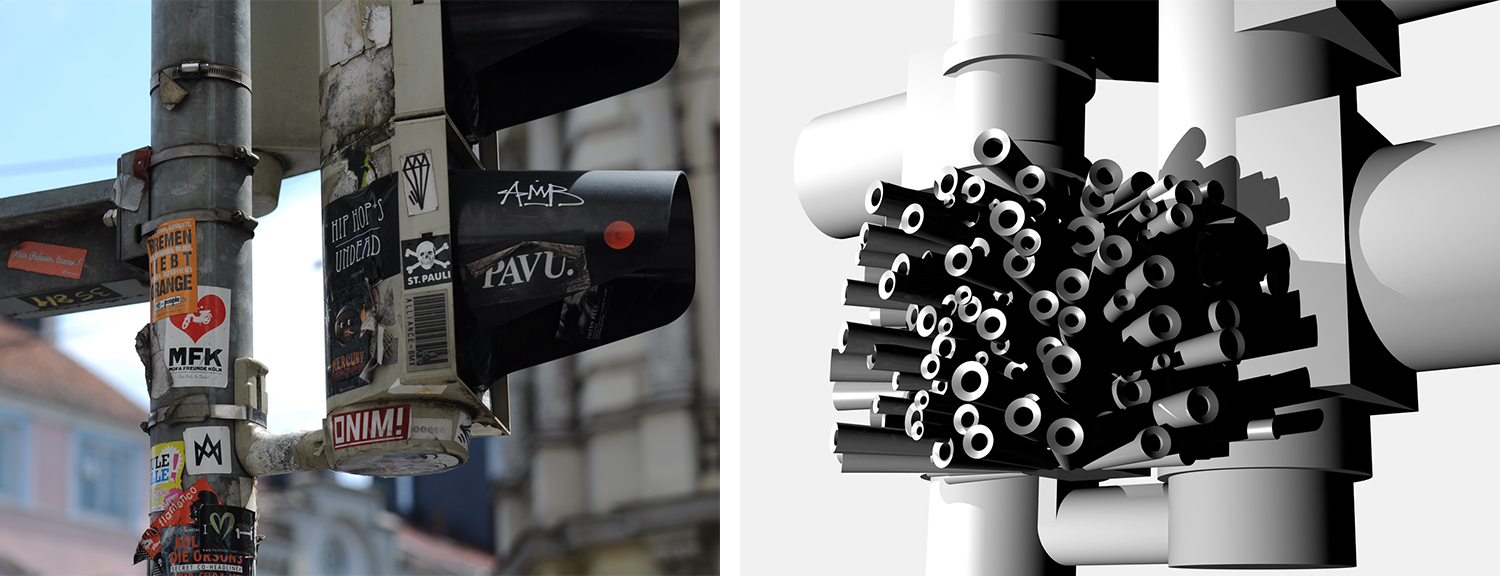
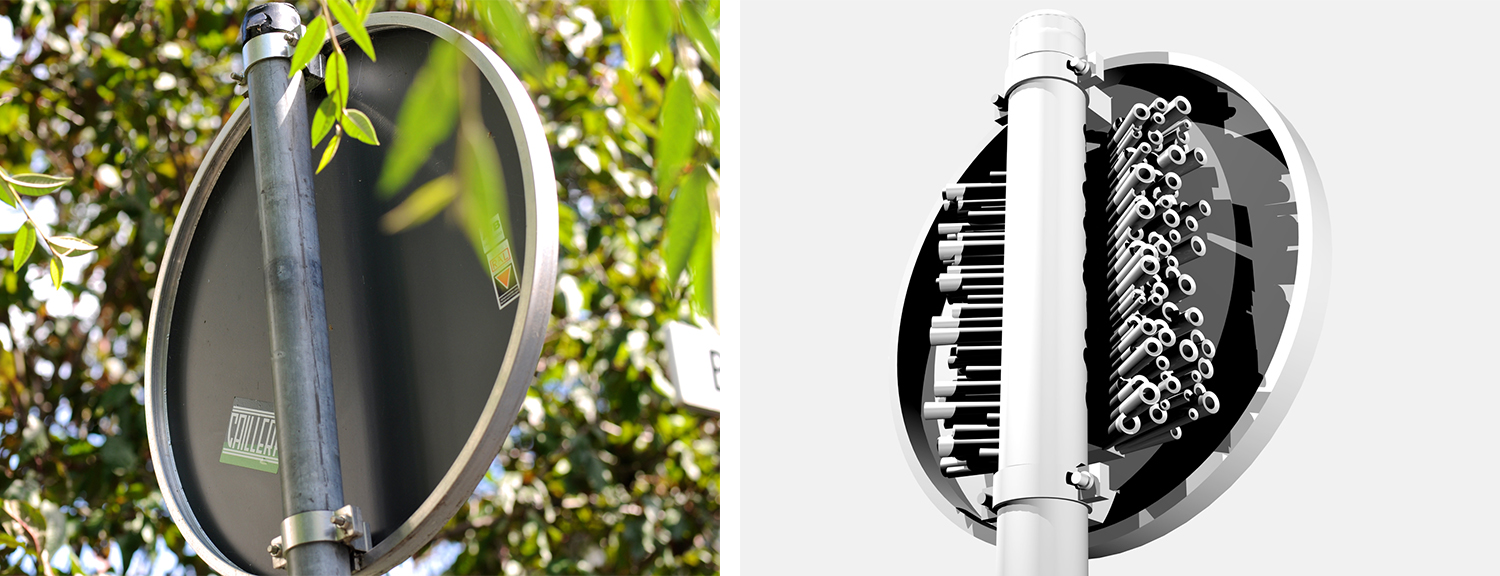
Generally, the person to deploy a Hive Bomb is asked to be smart and creative in their choice of location. However, the individual placement is up to common sense and personal preferences. While it might not seem to make much sense to mount a Hive Bomb on a moving object, such as a car or a tram, or inside malls or on the rooftop of a skyscraper, those locations could lead to unexpected behaviors or inhabitation by other creatures as well and shall therefore not be devalued per se.
Hive Bomb Kit, Website & Flashcards
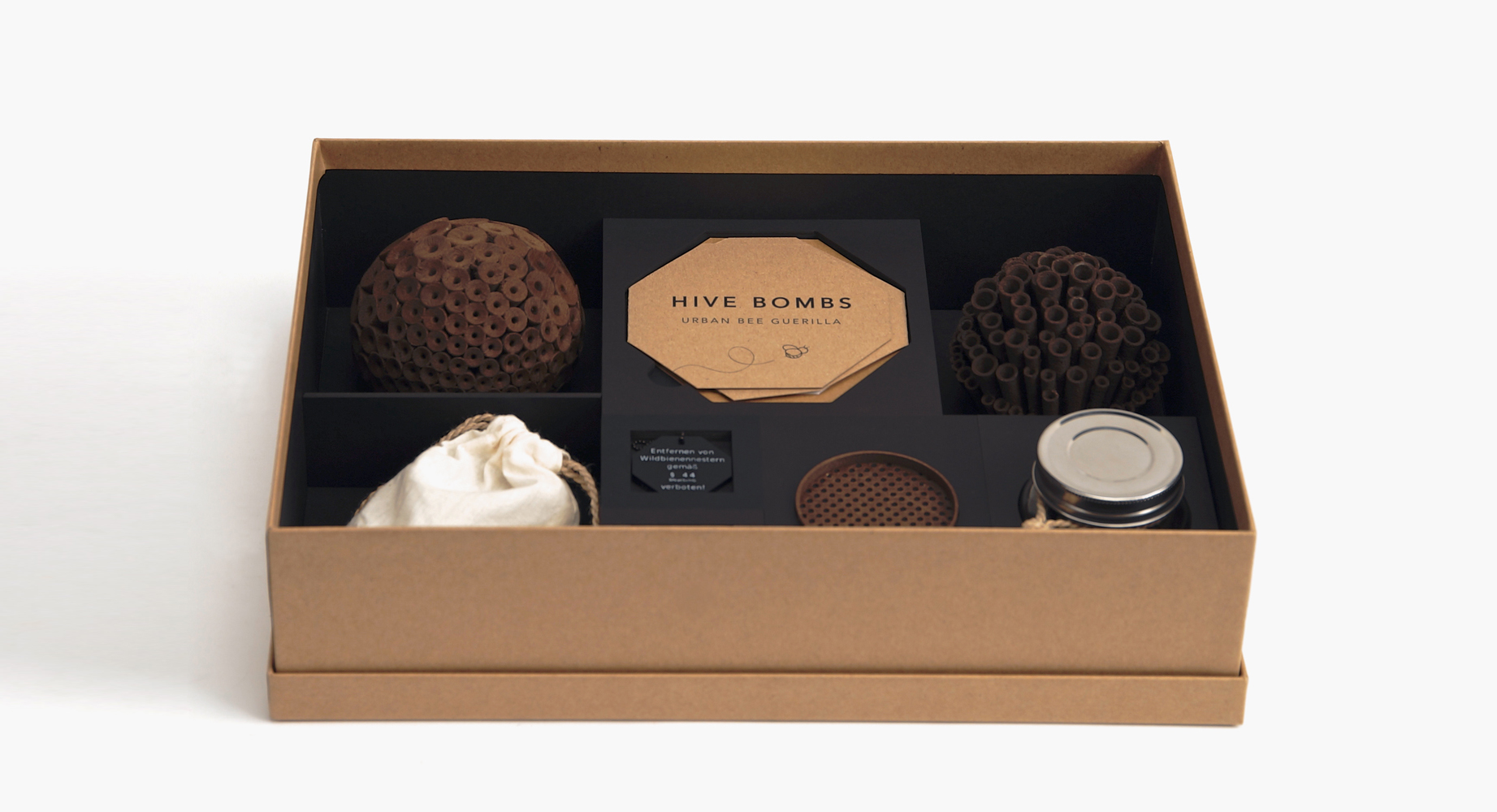
The Hive Bomb Kit is a proposed product that is meant as a Wild Bee Guerilla starter set. It includes two universal Hive Bombs, an information leaflet, a bag of Seed Bombs, a custom-made Seed Shaker filled with bee-friendly flower seeds, tags informing about the German law that can be attached to the Hive Bombs and some stickers.
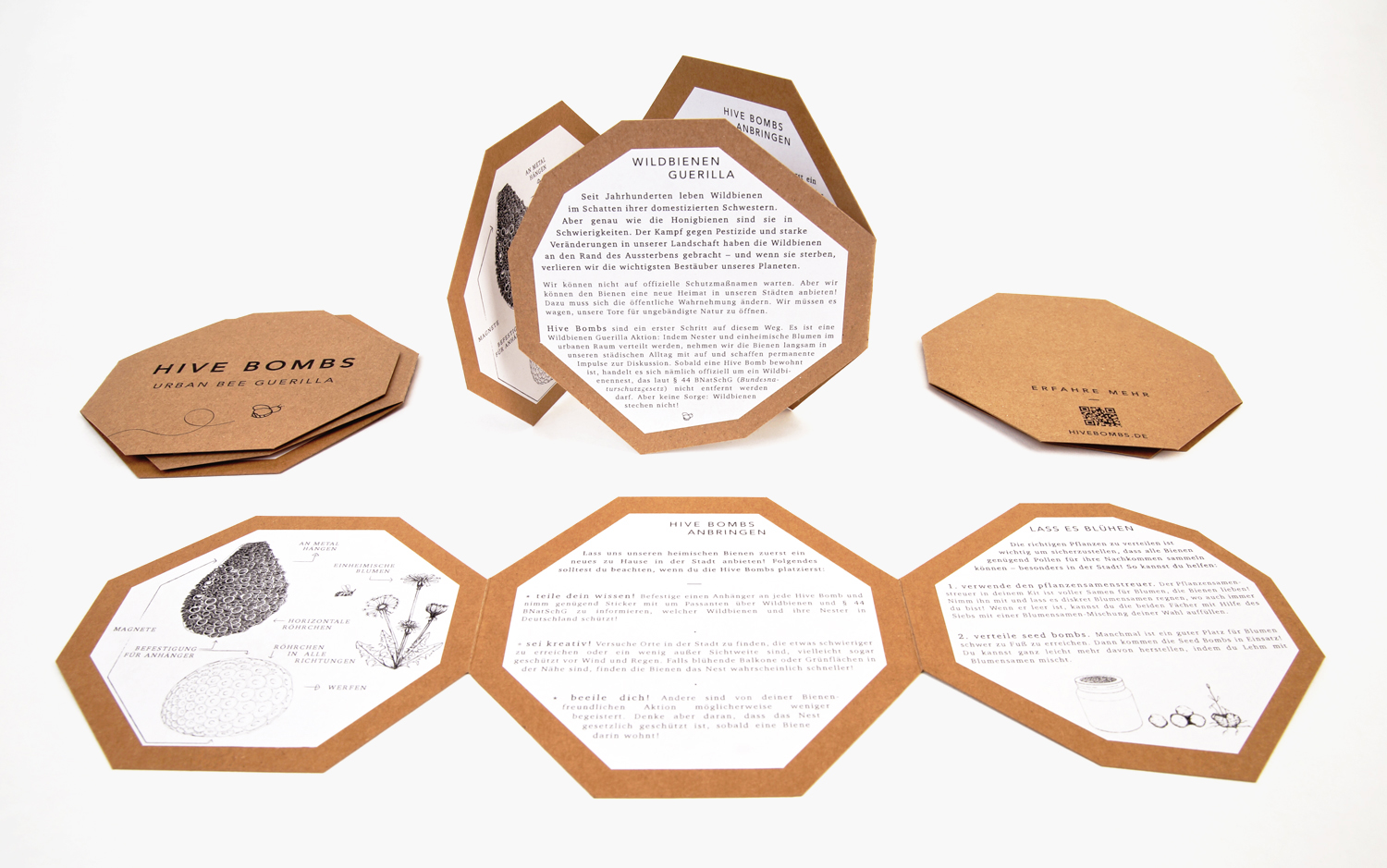

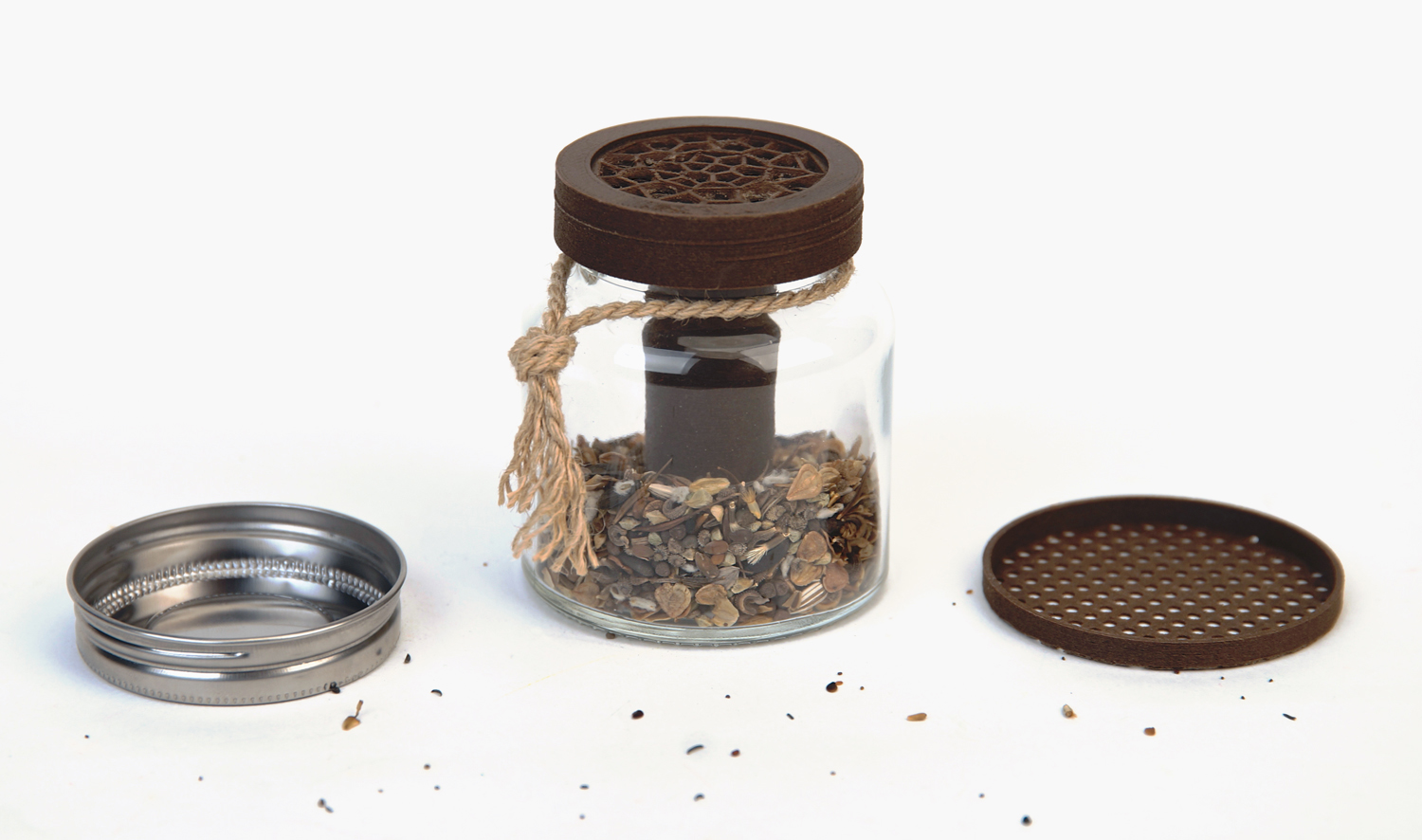
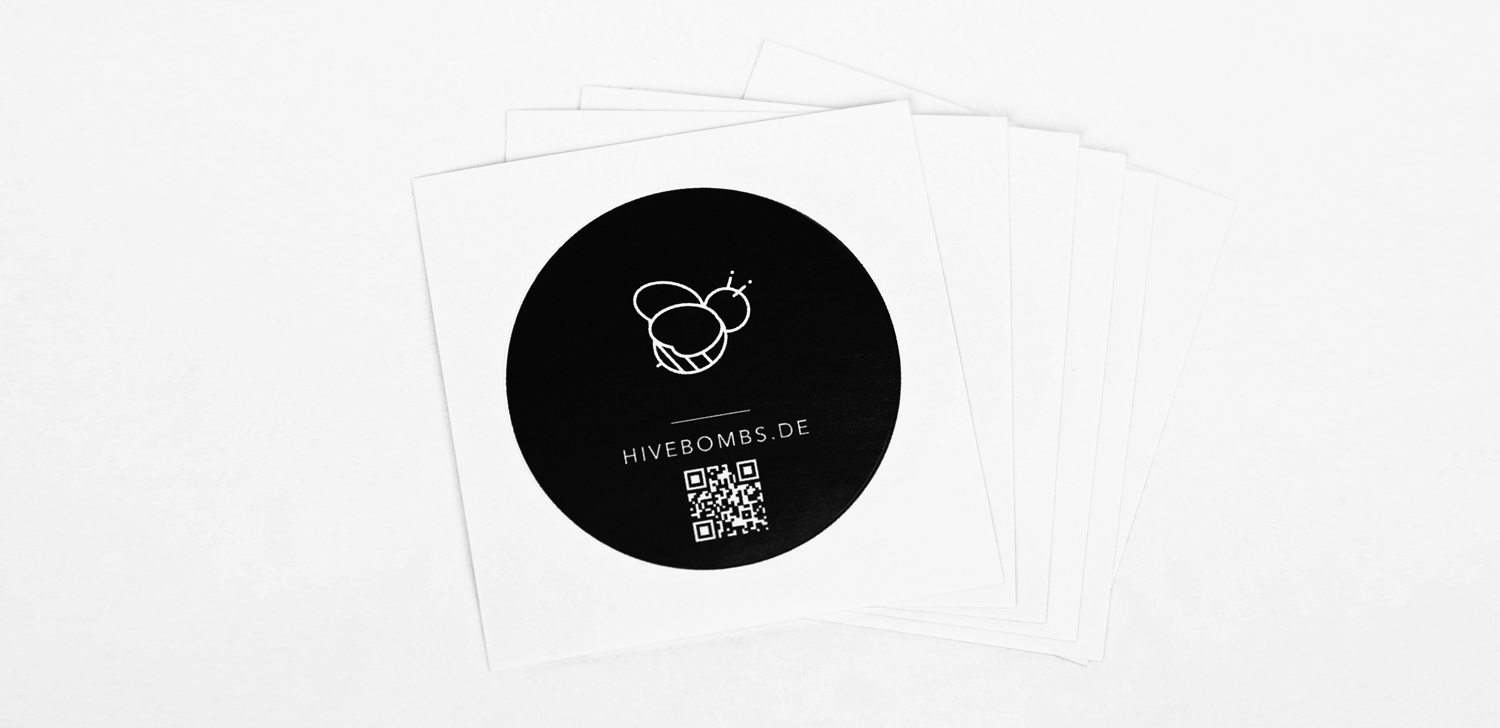
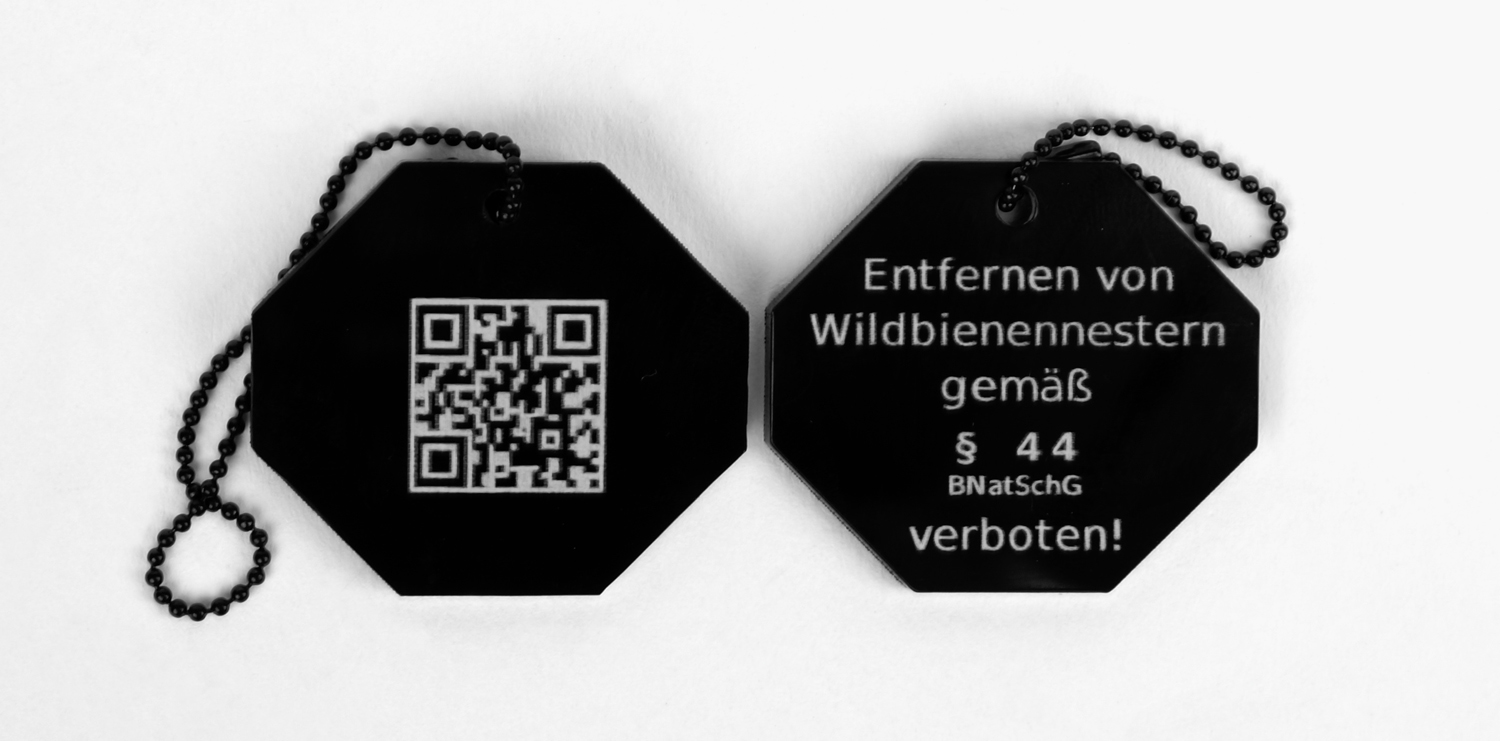
The Kit as well as the suggestion to request special Hive Bombs is presented on the Hive Bomb Website (www.hivebombs.de), which also offers a set of flashcards about common wild bees in nesting aids and some general information about wild bees and the Hive Bomb project.
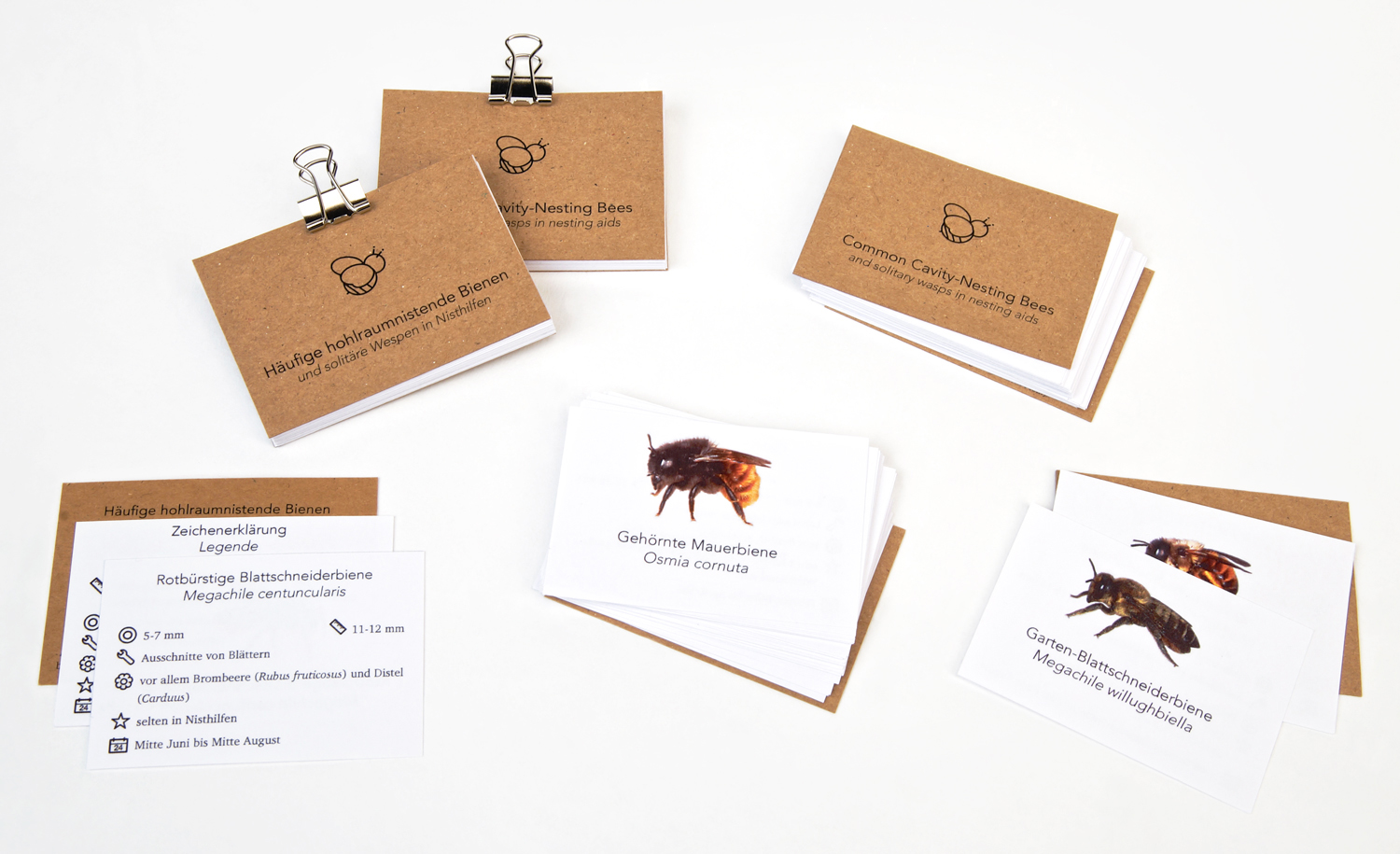
References
[1] WALKER, J. Biophilic Urban Acupuncture: The Importance of Biophilia in Urban Places, 21 October 2015. Retrieved from: www.terrapinbrightgreen.com/blog/2015/10/biophilic-urban-acupuncturebiophilia-in-urban-places. Accessed on: 10 March 2017.
[2] GESETZE IM INTERNET. Gesetz über Naturschutz und Landschaftspflege (Bundesnaturschutzgesetz - BNatSchG). § 44 Vorschriften für besonders geschützte und bestimmte andere Tier- und Pflanzenarten. Retrieved from: www.gesetze-im-internet.de/bnatschg_2009/__44.html. Accessed on: 24 January 2017.
[3] KOCH, J. Die Robin Hoods der Stadtnatur - Guerilla Gardening wird immer beliebter. Retrieved from: www.nabu.de/umwelt-und-ressourcen/oekologisch-leben/balkon-undgarten/gartentipps/13976.html. Accessed on: 17 August 2017.
[4] GESETZE IM INTERNET. Verordnung zum Schutz wild lebender Tier- und Pflanzenarten (Bundesartenschutzverordnung - BArtSchV). Retrieved from: www.gesetze-im-internet.de/bartschv_2005/BJNR025810005.html. Accessed on: 27 March 2017.